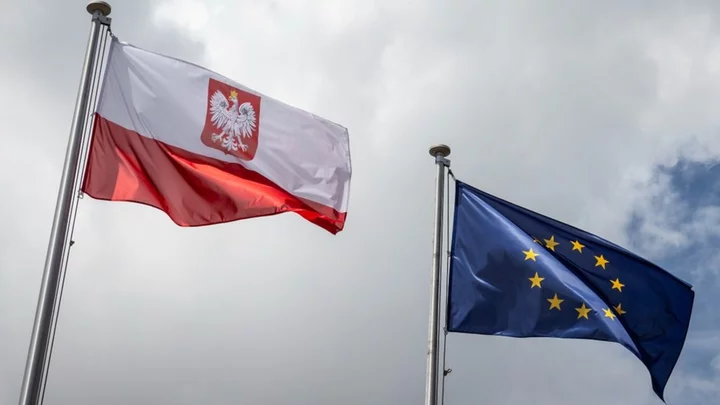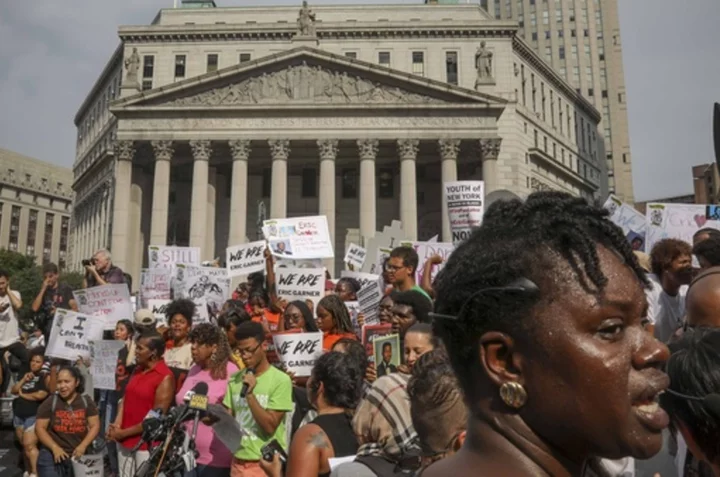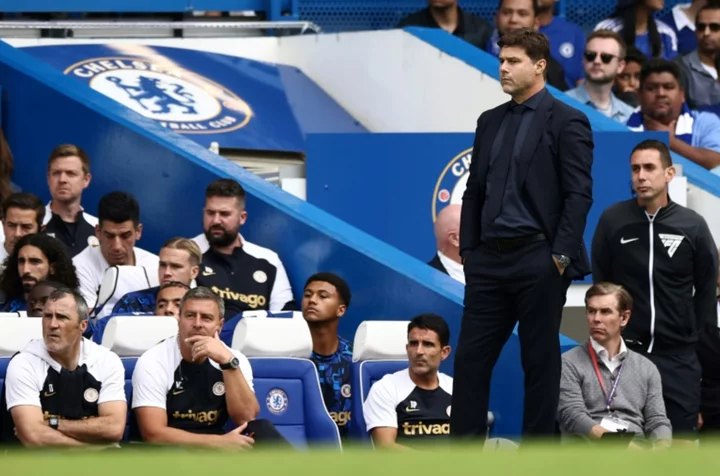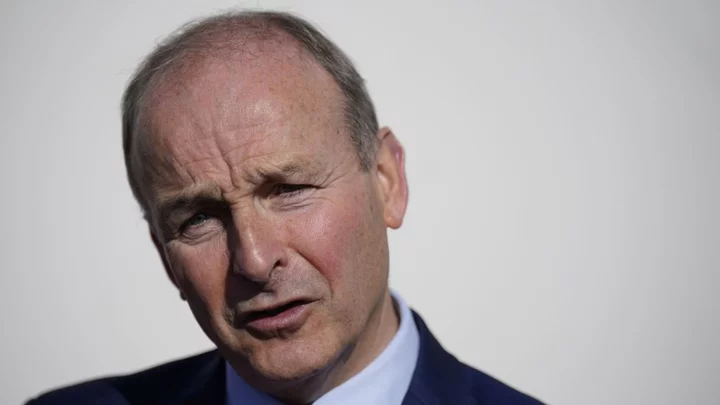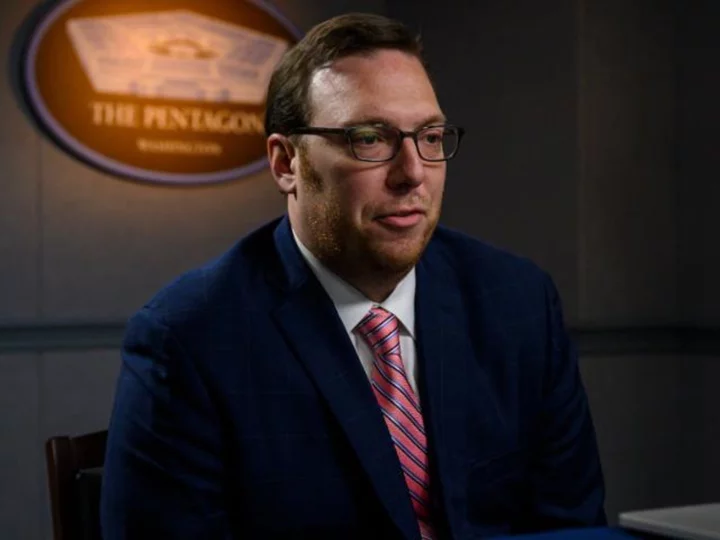(Fixes typographical error in first paragraph)
By Howard Schneider
WASHINGTON (Reuters) -Wall Street, small businesses and potential homebuyers may all breathe a sigh of relief if the Federal Reserve chooses not to raise interest rates at its policy meeting next month, as many traders and analysts expect.
But U.S. central bank officials are not only still on the fence about a pause in their 14-month tightening cycle, they are only starting to hash out whether to frame that decision as an extended halt to the aggressive run of rate hikes or a mere "skip" to give the economy some breathing room, with more borrowing cost increases coming soon if inflation does not decline.
Between the possibility the Fed may deliver a rate hike at its June 13-14 meeting and the uncertainty around how policymakers might describe a decision not to, there's no guarantee of clarity soon from a central bank whose officials are beginning to diverge over what should happen next.
If there is any steer to come from the top, it could happen on Friday when Fed Chair Jerome Powell speaks on a monetary policy panel at a U.S. central bank staff research conference in Washington. The panel is scheduled to begin at 11 a.m. EDT (1500 GMT).
Yet even Powell may be constrained in how far he can lean at this point: The Fed is unlikely to raise interest rates if a down-to-the-wire political standoff over the U.S. federal debt ceiling remains unresolved. If an actual U.S. debt default is the result, the central bank may even be pushed towards emergency steps to ease the burden on the economy.
Even so, Powell on Friday could bring some definition to a discussion increasingly colored in shades of gray after more than a year of strong consensus around the need to raise the benchmark policy rate fast in order to slow a breakout bout of inflation.
This week has seen some Fed policymakers call for a pause to the rate hikes, others push for more increases, and, in the case of Fed Governor and vice chair nominee Philip Jefferson, walk a middle path citing risks on either side with no clear recommendation.
Atlanta Fed President Raphael Bostic captured the mood earlier this week when he said that while he was "inclined" to keep interest rates steady at the June meeting, even that decision would not say much about the future.
"I would say it was a pause, but a pause could be a 'skip,' or it could be a hold," Bostic said. "There's a lot of uncertainty in the world. We will just have to see how things play out and get a sense of what's true signal and what's noise, and that is going to be a week-to-week thing."
'FRUSTRATING INCONSISTENCY'
The quarter-of-a-percentage-point rate increase approved by the Fed earlier this month was the tenth in a row since March of 2022, and raised the benchmark policy rate to the 5.00%-5.25% range, the level most policymakers had penciled in as the likely stopping point for rate hikes.
The Fed's policy statement at that meeting opened the door to a pause, though Powell in his post-meeting press conference said "it's not possible to say that with confidence now ... We're going to have to see data accumulating" before deciding whether the door was closed on further rate hikes.
Data on inflation, jobs, and the banking industry since then have done little to clarify the situation, with nothing seeming to change very fast. Job growth seems to be slowing but remains strong; inflation appears to be slowing but is still high; overall demand, bank credit and the economy look to be slowing but also are holding up better than anticipated.
The result has been "a frustrating inconsistency" with some of the arguments developed by policymakers since the last meeting, said Tim Duy, chief U.S. economist at SGH Macro Advisors, with dovish officials keeping the possible need for more rate hikes open, hawkish ones noting the risks of tightening credit, and some trying to have it both ways.
"It's getting to be time to fish or cut bait," Duy said, and either agree the economy needs time to fully adjust to the aggressive rate hikes enacted over the last year - a core argument for pausing - or "stick with the hawkish position of waiting for inflation data to roll over" and continue raising rates until then.
(Reporting by Howard Schneider;Editing by Dan Burns and Paul Simao)


